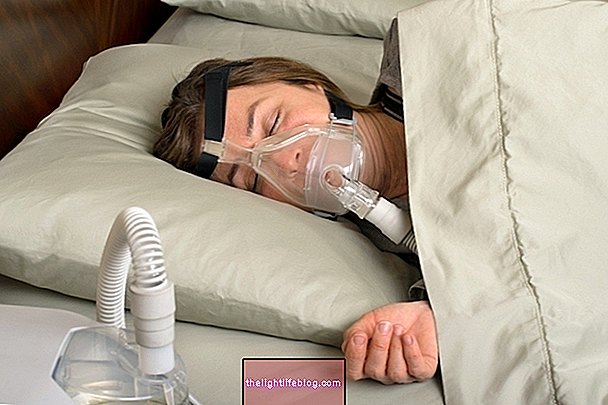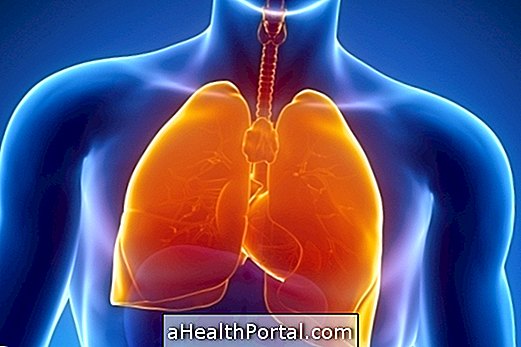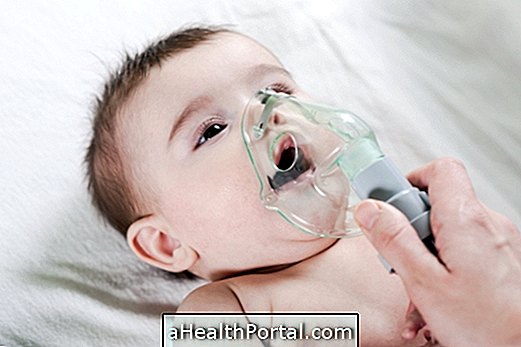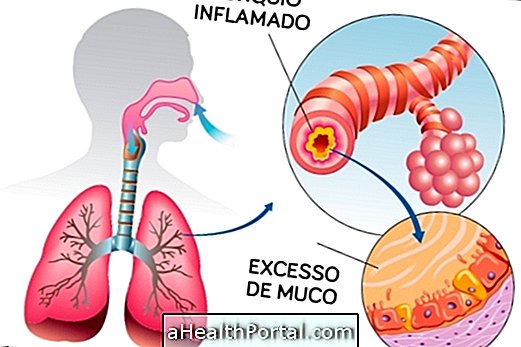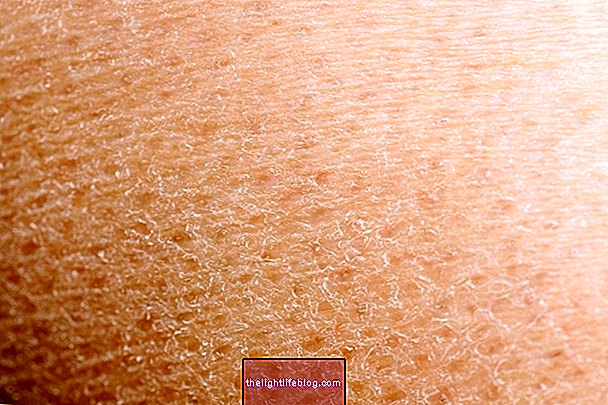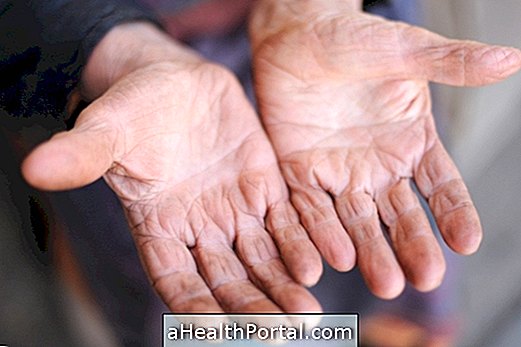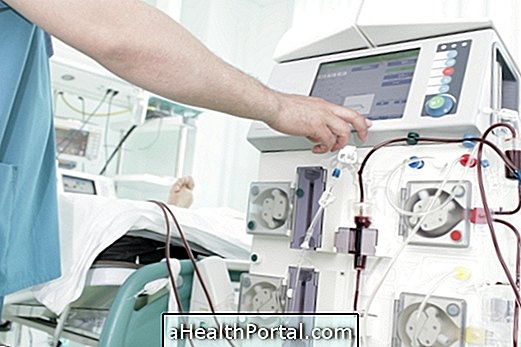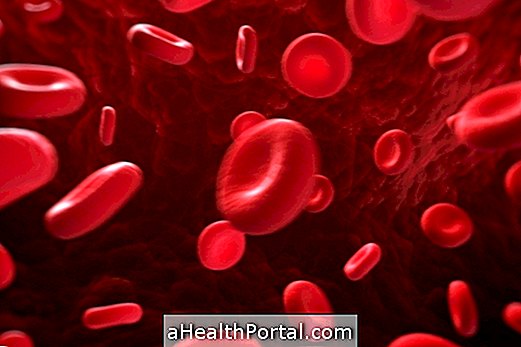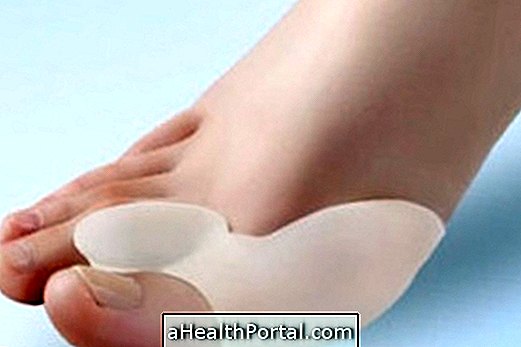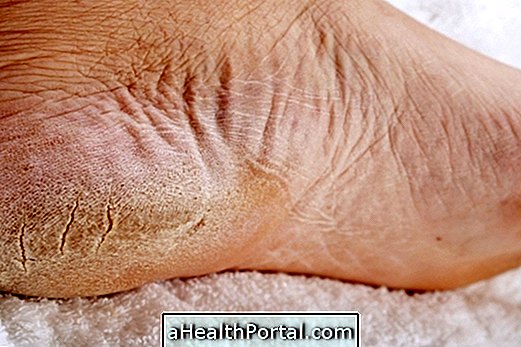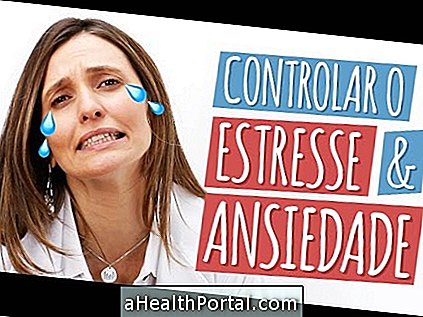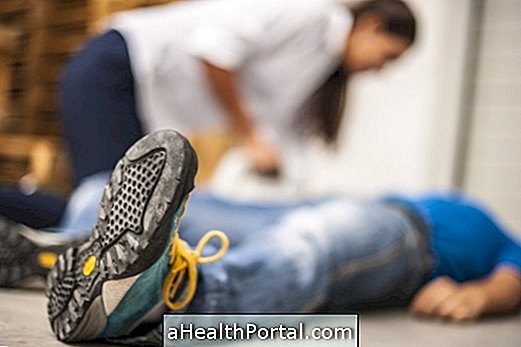The treatment of respiratory failure should be guided by a pulmonologist and usually varies according to the cause of the disease and the type of respiratory failure, and acute respiratory failure should always be treated in hospital admission.
In the case of chronic respiratory failure, treatment can be done at home with:
- Remedies that help the air in the lungs : medicines like Carbocisteína or Acebrofilina decrease the amount of secretions in the lungs, improving the levels of oxygen in the blood;
- CPAP : it is a device that facilitates breathing during sleep and, therefore, is very used when the patient has decreased oxygen levels at night. Learn more about this device in: CPAP;
- Portable Oxygen Mask : Used when the patient is short of breath during the day to do daily activities such as climbing stairs or working, for example;
- Tracheostomy : This type of treatment is only used when respiratory failure is caused by diseases of the mouth and throat, such as tumors or cancer.
In addition to these treatments and depending on the severity of the disease, the doctor may also recommend physical therapy to strengthen respiratory muscles and facilitate the entry of oxygen into the lungs, reducing the need for treatment over the years.
During treatment, the patient should make regular consultations with the pulmonologist to evaluate their blood oxygen levels and reassess the treatment, avoiding the emergence of very serious complications such as respiratory or cardiac arrest.
In more severe cases, where the patient is having difficulty breathing or can not control oxygen levels with the above treatments, the patient should be admitted to the hospital to be connected to a ventilator.
Physiotherapeutic treatment for respiratory failure
Physiotherapeutic treatment for respiratory failure, also known as kinesiotherapy, should be done in specialized clinics at least 3 times a week to help eliminate excess secretions and increase lung capacity, improving respiration and oxygen levels in the lungs. blood.
Read more about this type of physiotherapy in: Respiratory physiotherapy.
Signs of improvement in respiratory failure
Signs of improvement in respiratory insufficiency usually appear 3 days after initiation of treatment and include decreased sensation of shortness of breath, reduced fatigue, normal breathing and pink fingers, for example.
Signs of worsening respiratory failure
Signs of worsening respiratory failure arise when the treatment is not working or is not being adequately done, including difficulty breathing, shortness of breath, excessive walking fatigue, dizziness, chest pain, or bluish and cold fingers.
Complications of respiratory failure
Major complications of respiratory failure include coma, respiratory arrest, or cardiac arrest.


